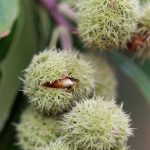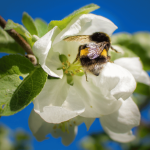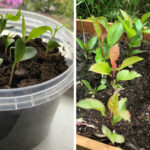Understanding the Main Types of Tree Root Systems

Trees serve as the cornerstone of gardens, forests, and agricultural landscapes, offering both aesthetic and ecological advantages. A critical yet frequently overlooked component of a tree’s anatomy is its root system. Understanding the different types of root systems is vital for gardeners, environmentalists, and small-scale farmers. The type of root system a tree has can significantly influence soil health, water conservation, and erosion control. It can also be a crucial factor when planting trees near valuable structures like homes or utility lines. This article explores the main types of tree root systems, shedding light on their characteristics, benefits, and optimal growing conditions.
Types of Tree Root Systems
Fibrous Root System
Characteristics
- Shallow and Spread Out: The roots spread out in a shallow pattern, mostly near the soil surface.
- Fine Roots: Composed of numerous fine roots that form a dense mat.
Advantages
- Erosion Control: Effective in preventing soil erosion due to the dense network.
- Quick Nutrient Absorption: Efficient in absorbing nutrients and water from the topsoil.
Ideal Conditions
- Soil Type: Best suited for sandy or loose soils.
- Climate: Thrives in climates with regular rainfall.
A study by Dupuy, Fourcaud, and Stokes titled “A Numerical Investigation into the Influence of Soil Type and Root Architecture on Tree Anchorage” delves into how soil type and root architecture, including fibrous root systems, influence a tree’s stability.
Examples and USDA Zones of Fibrous Root System
| Tree Type | USDA Zones |
|---|---|
| Maple | 3-8 |
| Elm | 2-9 |
| Cherry | 4-9 |
| Plum | 4-9 |

Taproot System
Characteristics
- Deep and Centralized: Features a single, thick root that grows deep into the soil.
- Secondary Roots: Smaller lateral roots branch off from the main taproot.
Advantages
- Drought Resistance: Capable of reaching deep water sources.
- Stability: Provides strong anchorage, making the tree less susceptible to falling.
Ideal Conditions
- Soil Type: Prefers well-drained, deep soils.
- Climate: Suited for arid or semi-arid climates.
The research paper “Towards developmental modelling of tree root systems” by Tobin et al. discusses the importance of understanding root systems, including taproots, for predicting ecosystem functioning.
Examples and USDA Zones of Taproot Tree System
| Tree Type | USDA Zones |
|---|---|
| Oak | 3-9 |
| Walnut | 4-9 |
| Pine | 2-9 |
| Pomegranate | 7-11 |
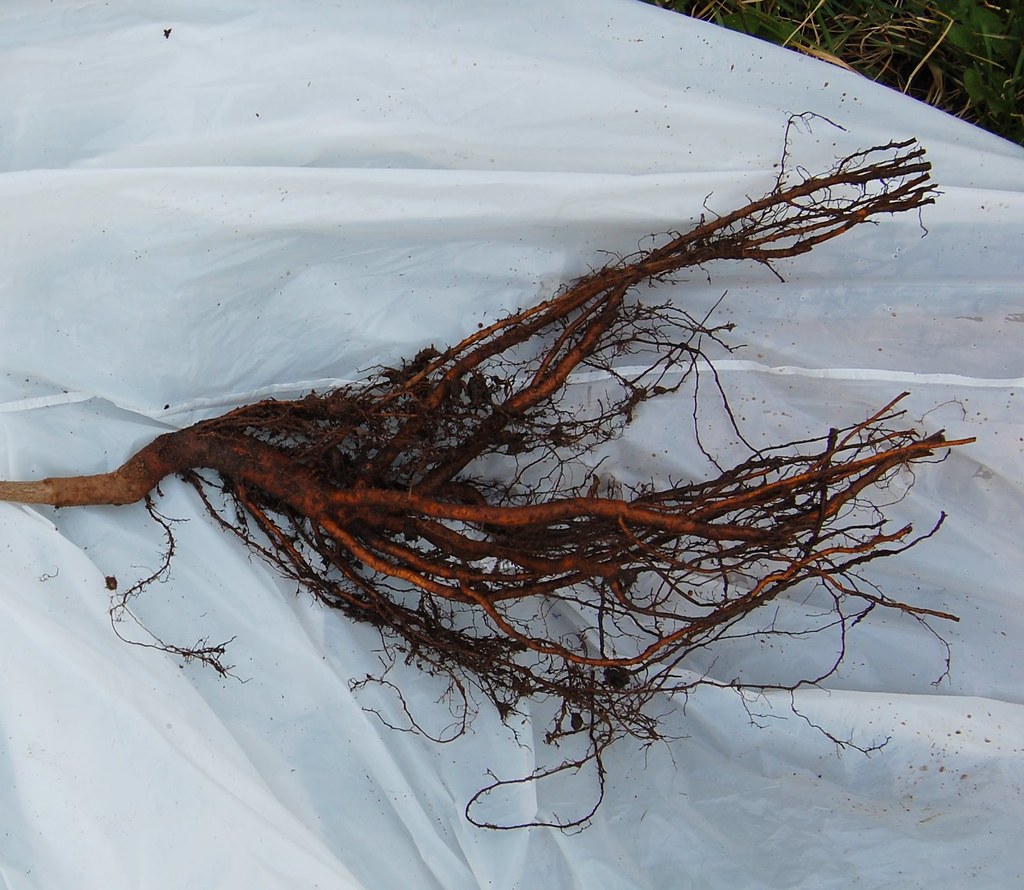
Adventitious Root System
Characteristics
- Above-Ground Roots: Roots grow above the soil and can even emerge from branches.
- Specialized Functions: May serve specialized functions like aeration.
Advantages
- Flood Resistance: Ideal for areas prone to flooding or waterlogging.
- Nutrient Absorption: Capable of absorbing nutrients from the air and water.
Ideal Conditions
- Soil Type: Tolerant of poor, waterlogged soils.
- Climate: Common in tropical and swampy areas.
Examples and USDA Zones of Adventitious Root System
| Tree Type | USDA Zones |
|---|---|
| Mangrove | 10-11 |
| Cypress | 4-10 |
| Bald Cypress | 4-10 |
| Mulberry | 4-8 |
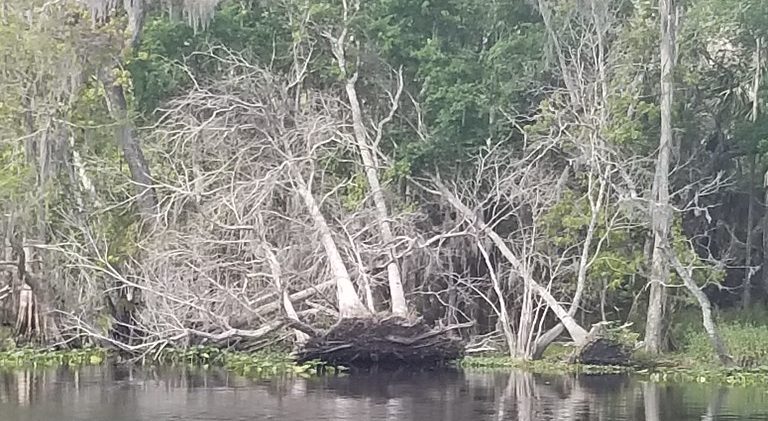
Comparative Table: Types of Root Systems
| Root System Type | Ideal Soil Type | Climate Suitability | Key Advantages |
|---|---|---|---|
| Fibrous | Sandy, loose | Regular rainfall | Erosion control, quick nutrient absorption |
| Taproot | Well-drained, deep | Arid, semi-arid | Drought resistance, stability |
| Adventitious | Poor, waterlogged | Tropical, swampy | Flood resistance, nutrient absorption |
Conclusion
Understanding the types of tree root systems is essential for anyone engaged in gardening, environmental conservation, or sustainable agriculture. The root system of a tree can have a profound impact on various factors such as soil health, water conservation, and overall ecosystem balance. For instance, certain root systems are better suited for areas with erosion-prone soil, while others are ideal for locations close to valuable structures like homes or utility lines. Therefore, it’s crucial to consider the specific needs of your land—be it soil type, erosion control, or spatial considerations—when selecting trees for planting.
Discover the Amazon’s Ancient Secret for Soil Fertility
If you found this article on tree root systems enlightening, you won’t want to miss our deep dive into Terra Preta, the Amazon’s ancient secret for boosting soil fertility. Learn how this remarkable soil management technique can revolutionize your gardening and agricultural practices, especially in challenging climates like USDA Zone 7 and Scandinavian regions.
Explore Terra Preta: The Amazon’s Ancient Secret for Boosting Soil Fertility

